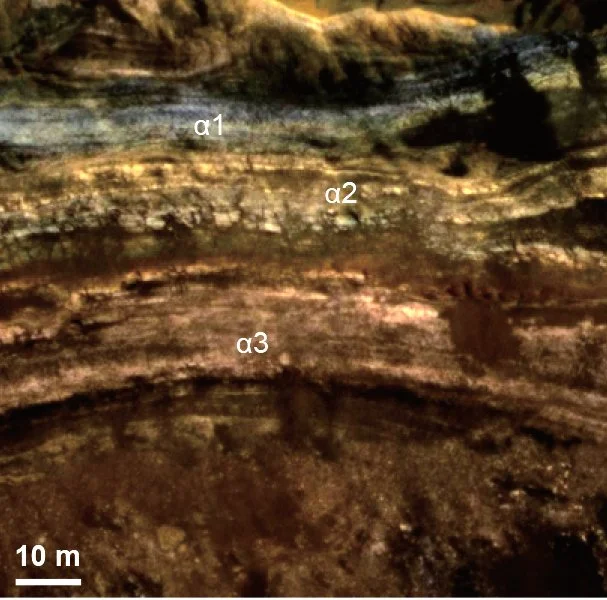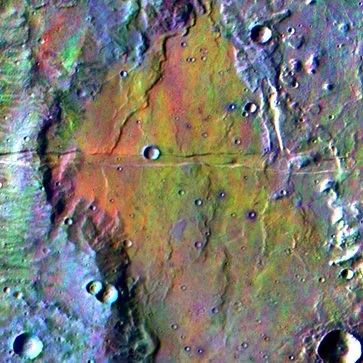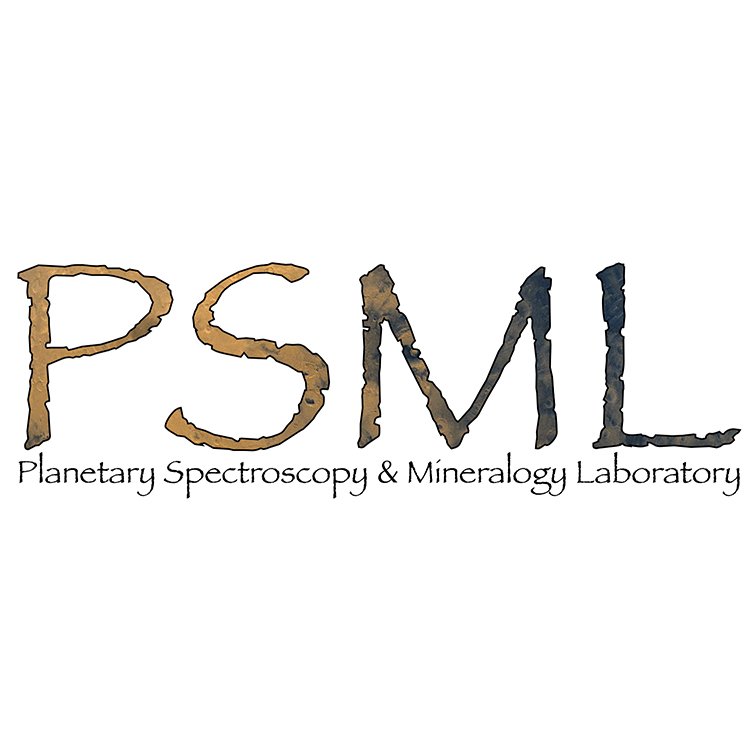Research Overview
My research utilizes fundamental geological principles and expertise in mineralogy to explore this planet and others via tools such as remote sensing and infrared spectroscopy. My work is focused on three main topics: martian climate change and surface weathering, planetary volcanology, and astrobiology.
A thread woven through all of these 3 science themes is planetary mineralogy, and specifically clay mineralogy. One of the ways we study mineralogy is through remote sensing / spectroscopy. My team operates the Planetary Spectroscopy and Mineralogy Laboratory (PSML) where we explore the composition and texture of planetary materials.
We gratefully acknowledge funding support from the Research Grants Council (RGC) in Hong Kong and the Canadian Institute for Advanced Research (CIFAR).
martian climate change and surface weathering
My team explores the geologic record of ancient climate change on Mars. We do this by characterizing the geological evidence for chemical weathering which reveal the nature of rock-water interactions at the surface. We wish to understand the timing and duration of climate warming episodes, the redox conditions, the amounts of water available, and the environments in which weathering occurred. We try to understand connections between weathering environments on ancient Mars (3-4 billion years ago) and those of the Archean Earth. We currently have a funded project to study sulfate-clay assemblages on Mars. student positions available.
FELSIC VOLCANICS ON MARS
Planetary Volcanism
Mars is famous for having the largest shield volcanoes in the Solar System, but these structures are not representative of many…or perhaps most… of the more typical, smaller volcanic features. My team explores martian volcanology through geologic mapping, compositional remote sensing, geomorphology and morphometrics. We also explore volcanic features on this planet, including the Askja region of Iceland. In the PSML, we investigate the mineralogy and geochemistry of volcanic rocks in the form of lunar and martian meteorites, and samples returned from the Moon. student positions available.
Topography of an open-basin lake on Mars
Astrobiology
My team is interested in the origins of life on this planet and possibly others, especially Mars. We have a large funded CRF project to investigate the geology, geochemistry and mineralogy of lakes and seas on Mars via remote sensing. There are over 500 known paleo-lakes on Mars, but there are likely 1000s more smaller scale deposits yet to be discovered. Details of some of the large lakes and seas are also mysterious and super exciting as analogs to the early Earth and candidates for further exploration by rovers. We also explore the mineralogy, geochemistry and biosignatures within hydrothermal and sedimentary rocks here on Earth. student positions available.
The thread that binds
Most of our projects are bound through themes in planetary mineralogy and geochemistry. Our lab is designed to carry out cutting edge investigations of composition from a range of space scales from micrometers in the lab to kilometers, as seen from space. One of our themes is clay mineralogy, which is ultra-important for understanding chemical weathering, hydrothermal systems, reverse weathering, and biosignatures. Have a look at our lab webpage for more!



